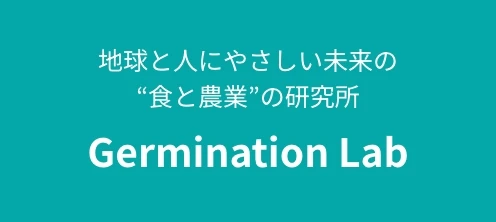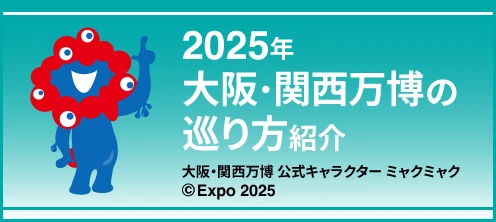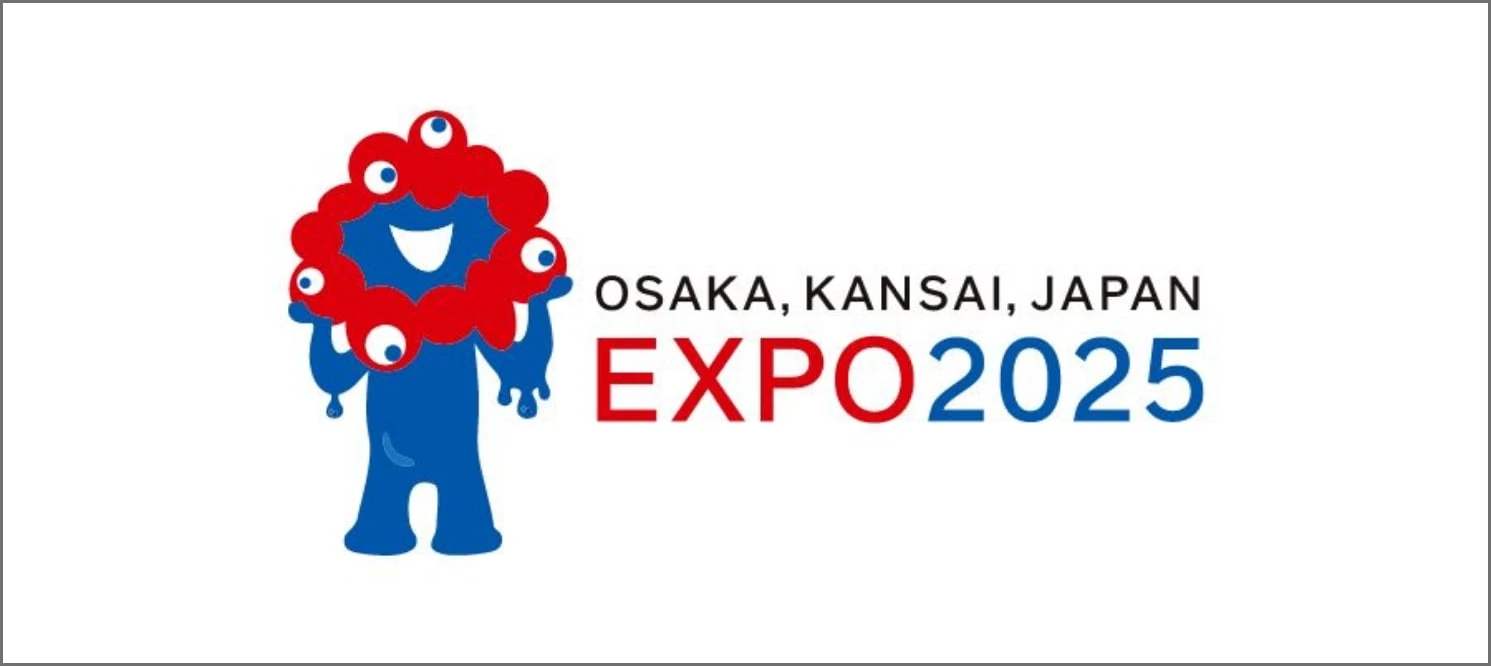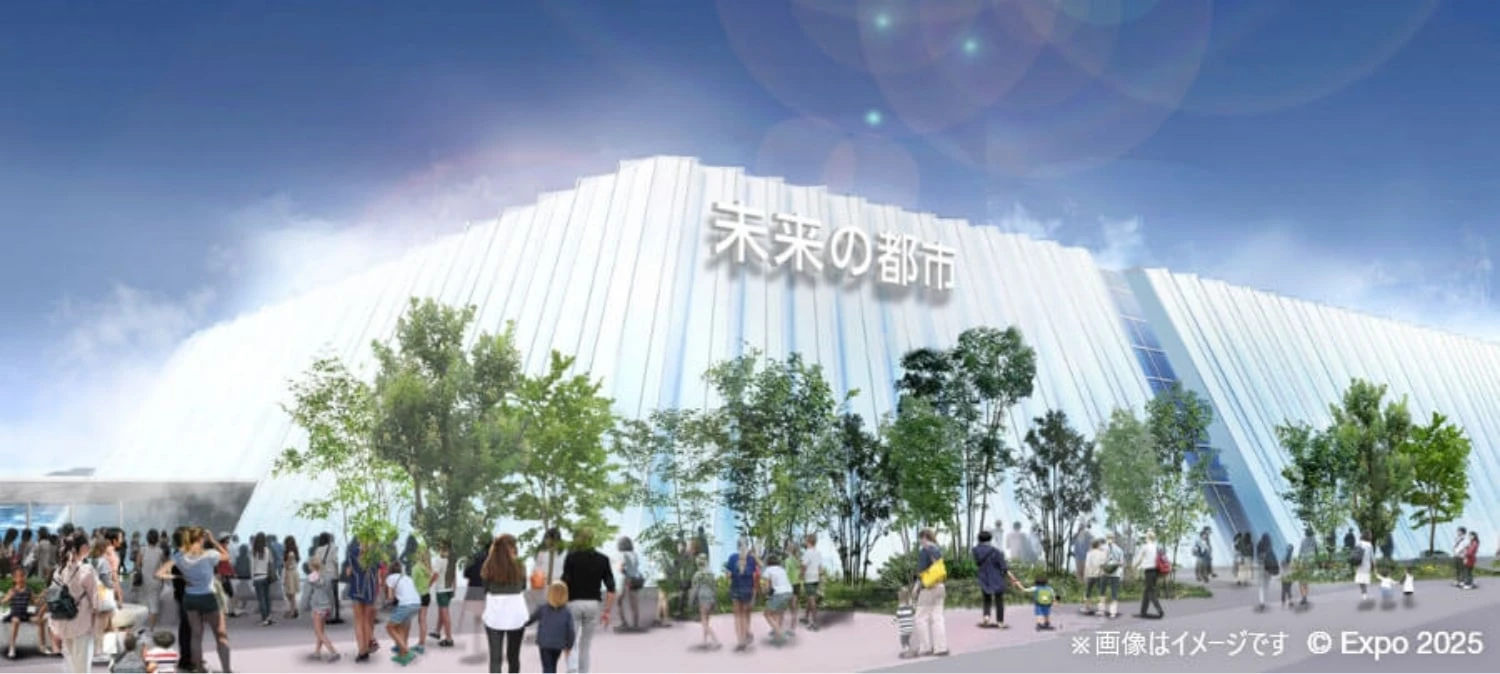Laboratory for future of “food and agriculture”
that are friendly to the Earth and to people.
Kubota Germination Lab
Food and society archives



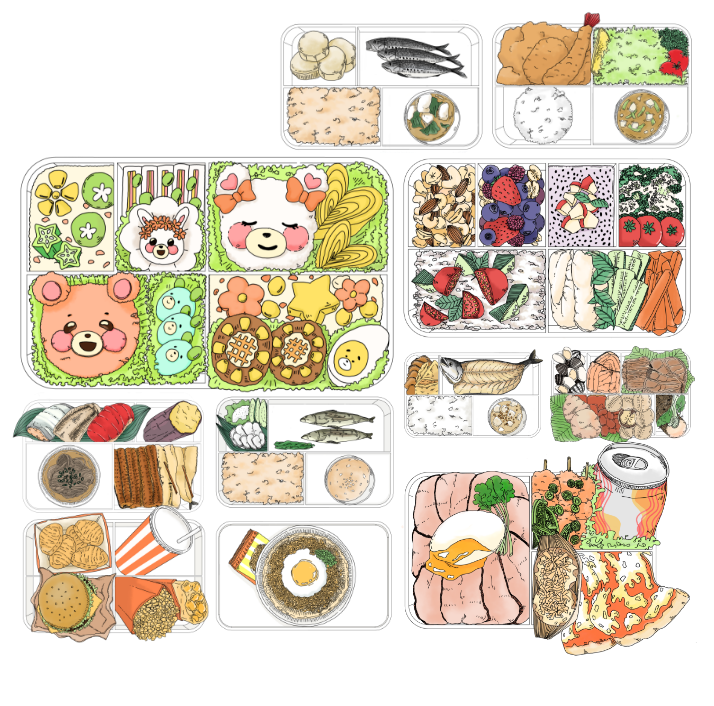
Food, clothing, and shelter have long been the three essential elements for human life.
Food, in particular, has a role that goes beyond sustaining life and
has a history of linking everything from politics and economics to
culture, industry, philosophy, the environment, the arts and so on.
Food and society are closely related.
We have represented the transition in food from
Society 1.0 to Society 4.0 as a bento box.
Let’s take a peek into the evolution of human
food and society through the bento box.
Society1.0
Hunting-gatherer society
Humans obtained food through hunting and gathering, but when resources ran out, they were forced to migrate. Eventually, people realized that plant seeds grow and started to cultivate them.
The development of agriculture enabled settlement and societies were formed.
Jomon Period
The era of hunting and gathering for
food With the ability to use fire, the
variety of food increased.
Around 4,500 years ago
250,000 people
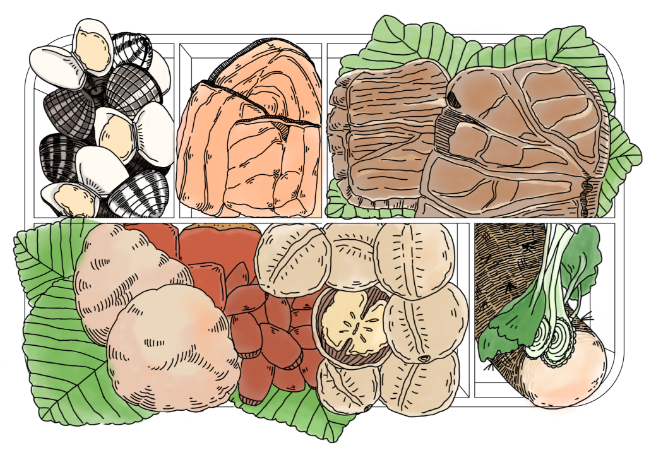
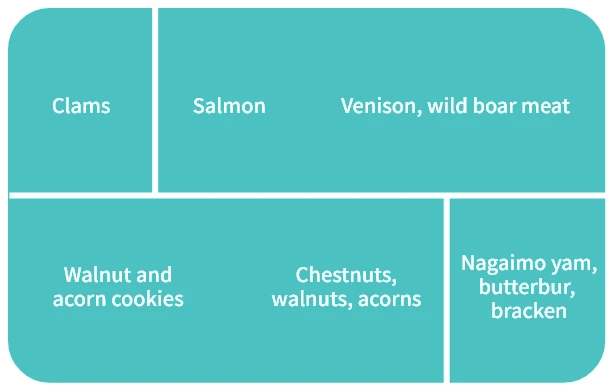
Yayoi Period
The era of rice cultivation and population growth The style of meals consisting of rice and side dishes was established.
Around 1,800 years ago
600,000 people

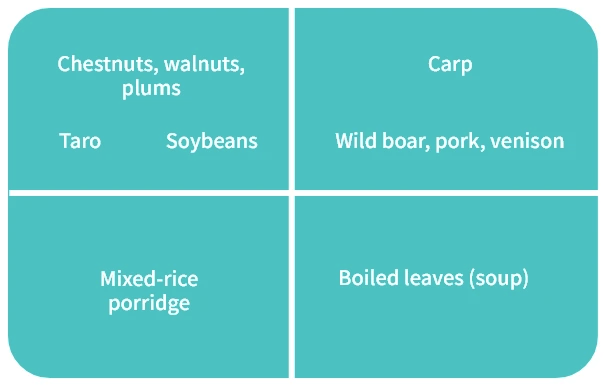
Society2.0
Agrarian society
Food stabilized due to the development of agriculture and humankind built settled societies. Crops and farm implements suitable for each region were created and yields improved. Surplus food encouraged the division of labor and trade, which led to caste systems and cities being formed.
Asuka and Nara Periods
The era when eating meat was prohibited
The foundation of traditional Japanese cuisine, based on fish, vegetables, and soybeans, was formed.
Around 1,300 years ago
5,250,000 people
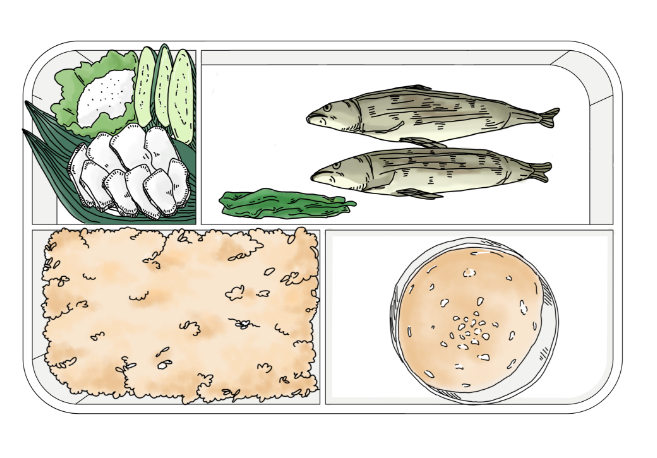
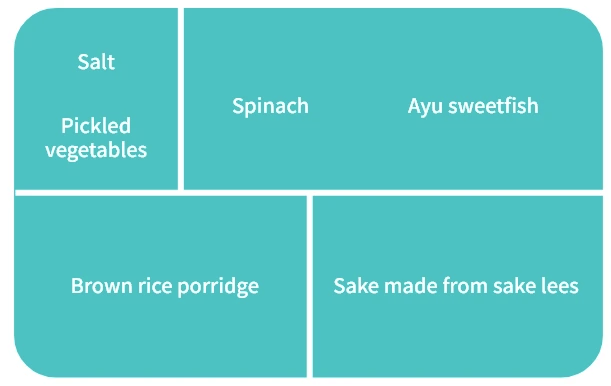
Kamakura and Muromachi Periods
The era of using cattle and horses in agriculture
Markets and shops selling crops emerged.
Around 430 years ago
12,250,000 people
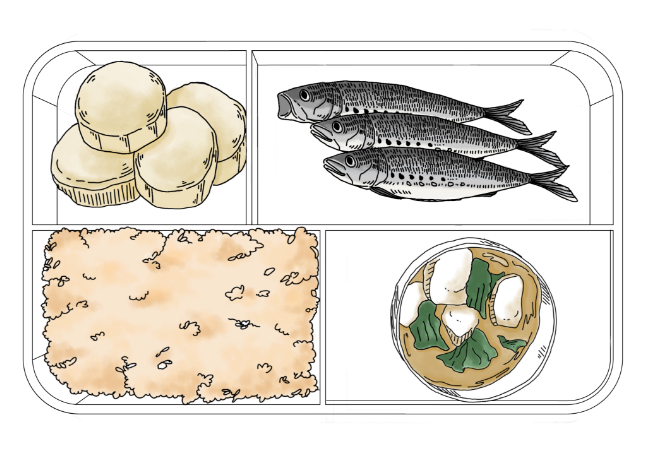

Edo Period
The era when eating became a form of entertainment
The variety of food expanded.
Around 200 years ago
31,900,000 people
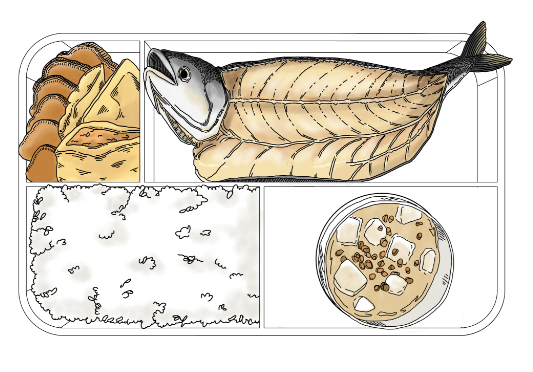


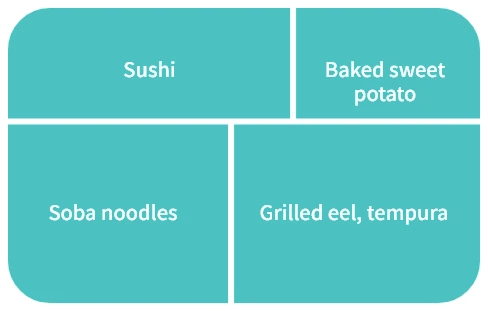
Society3.0
Industrial society
Industrial society was ushered in by the industrial revolution, and agriculture also became more efficient with the introduction of mechanization and chemical fertilizers. In association with the increase in the urban population, agriculture has changed from self-sufficiency to large-scale production. The commercialization of food has also advanced due to processed foods and other products. This was also an era when impacts on the environment increased.
Meiji and Taisho Periods
The era of adopting foreign cultures
Eating meat became common, leading to the creation of Japanese-style Western cuisine.
Around 100 years ago
59,750,000 people

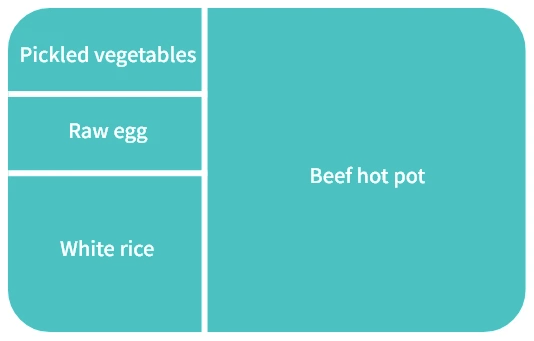
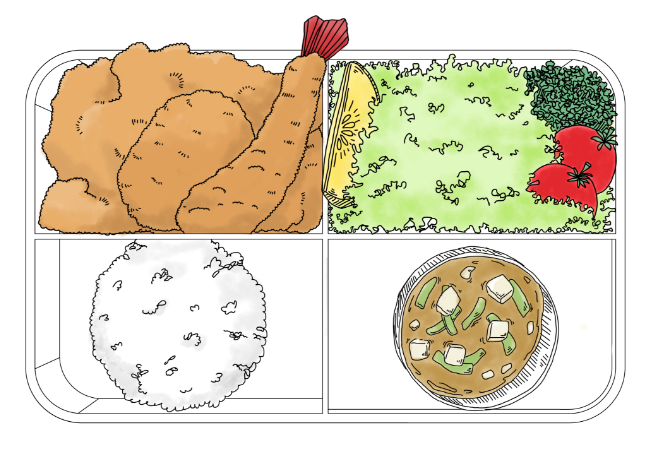
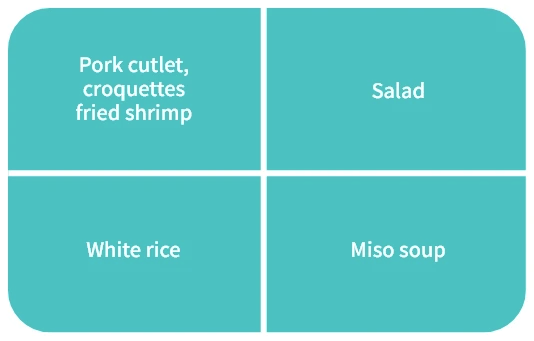
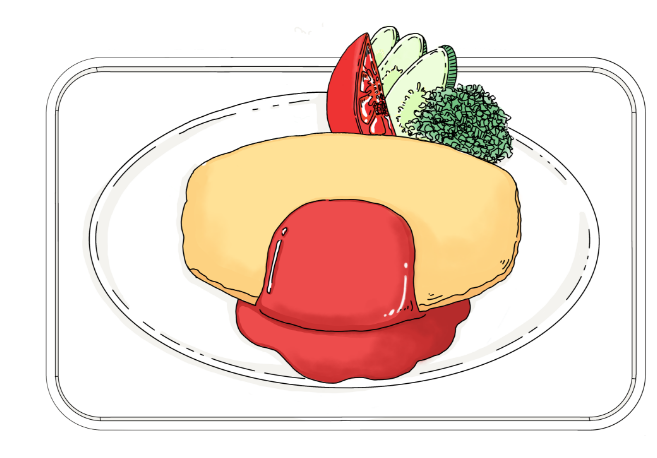
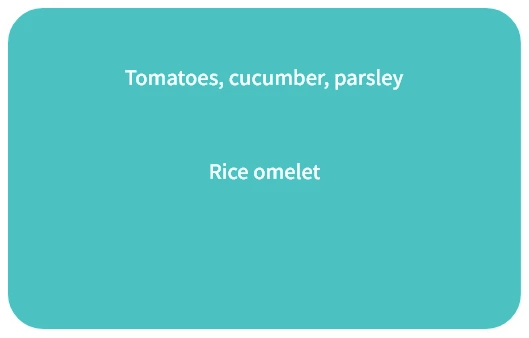
Post-World War II and the High Economic Growth Period
The era of agricultural mechanization and advancements in fertilizers and crop improvement
Convenient and imported foods became widespread.
Around 60 years ago
99,200,000 people
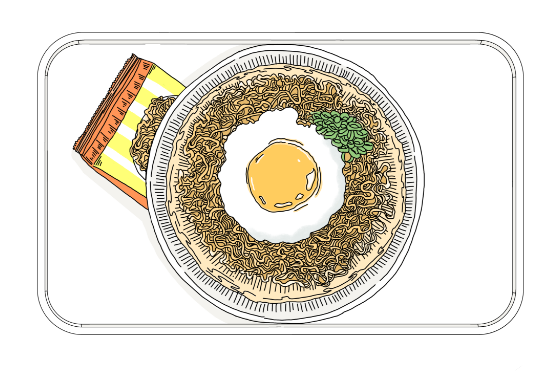

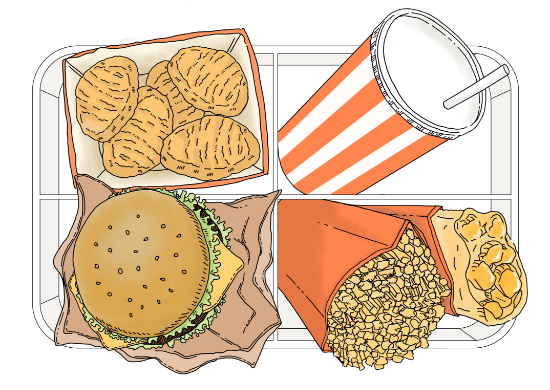
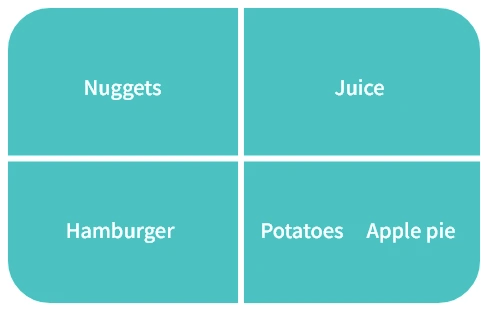
Society4.0
Information society
In the information society, global information transmission via the internet has improved the efficiency of life and industry. However, mass production and mass consumption have become serious environmental problems. While agriculture is also required to be sustainable, new initiatives are progressing aimed at labor-saving and high-quality production using IT.
Information society
The era of internet and digital technology advancement
Data-driven agriculture and food systems support a diverse diet.
Present
123,600,000 people
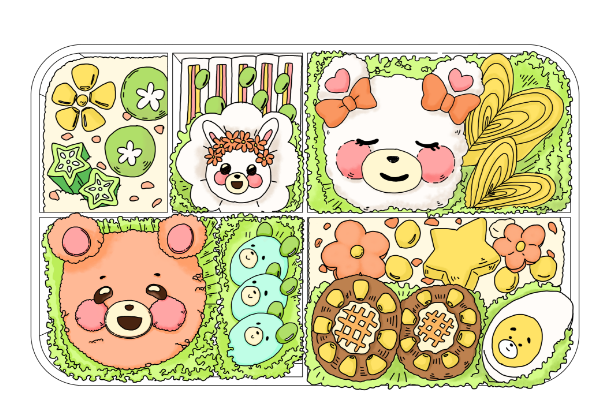
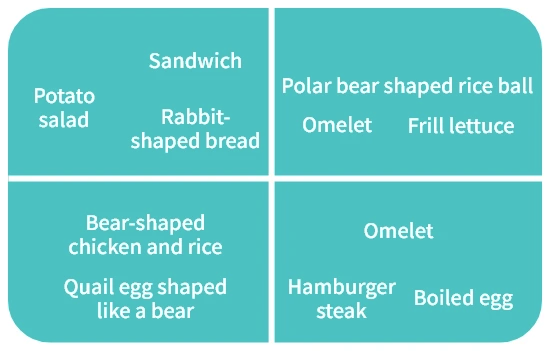

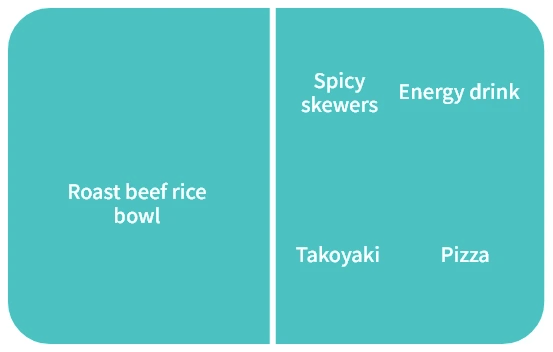
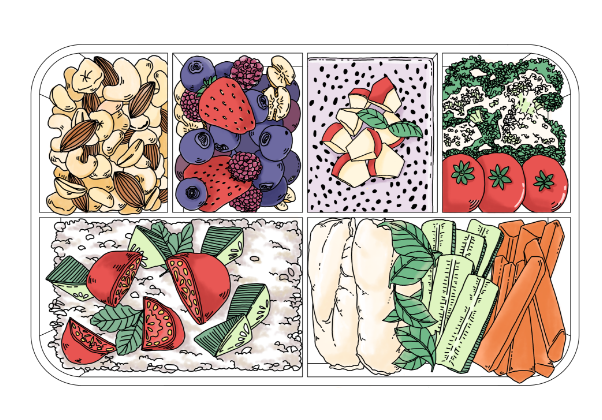
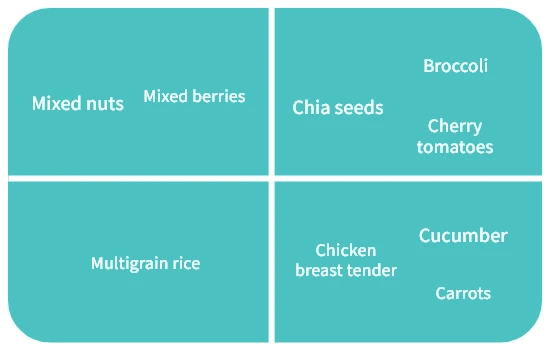

close

close

close

close

close

close

close

close

close

close
close
close

close

close
* The food represented in the bento boxes are images composed with reference to the opinions of various books and experts.
*This exhibition is aimed at making visitors feel the evolution of agriculture and the expansion of the food system, and wonder about the future based on “food,” which is familiar to everybody.

